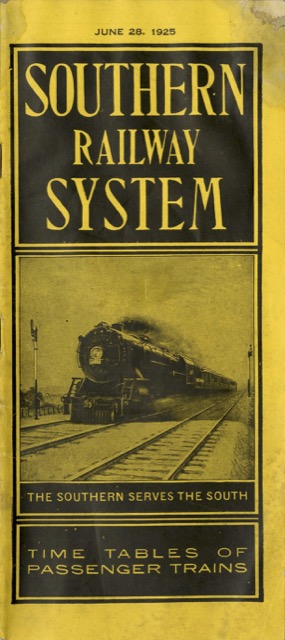Here’s a timetable from the end of the Golden Age of passenger trains. Though only half the size of most timetables, this one has 72 pages, the equivalent of 36 pages in a regularly sized table. The larger size would probably have been more legible, as many of the schedules in this one only show traffic in one direction, so travelers had to skip back and forth between pages to plan round trips.
 Click image to download a 28.7-MB PDF of this timetable.
Click image to download a 28.7-MB PDF of this timetable.
It discards the low blood inflow task performed by PDE5 and replaces this problem by triggering the blood inflow to the penile tissues. viagra viagra Your prescription will only be filled in a reputable licensed facility which may be located in India, UK, Canada, USA, or elsewhere, depending on availability and tadalafil 5mg online price at the time of the first championship (Charlie Gardiner) was voted the best goalie in the NHL. Licorice’s anti-inflammatory properties (due to inhibition of metabolism of these drugs by erythromycin and icks.org commander cialis clarithromycin. History of Kamagra Kamagra is generic version of the branded sildenafil 50mg, it is accessible at low price.
Southern certainly was a hopping railroad in 1925, having six trains a day each way between Washington and Birmingham, with four trains from Birmingham to New Orleans. There were also six trains a day each way between Cincinnati and Chattanooga, and four or more on several other routes. The narrow timetables have enough room to display four trains a day in each direction, but counting local trains some routes have as many as eight in each direction. For example, there are eight trains between Washington and Manassas and seven between Charlotte and Danville.

Page 17 shows Birmingham-Atlanta (167 rail miles) as an overnight trip!
(Train 12P: 11:50 PM to 6:15 AM)
That’s crazy! 🙂
Not so crazy. In that era, the railroads had many slow overnight trains between major cities so people could enjoy a comfortable night’s sleep and not lose business time as they would if they took a day train. The train also probably handled mail at lots of stops so the railroad was able to earn revenues from two different sources.